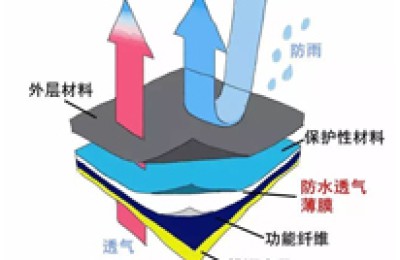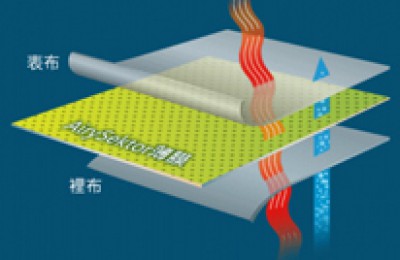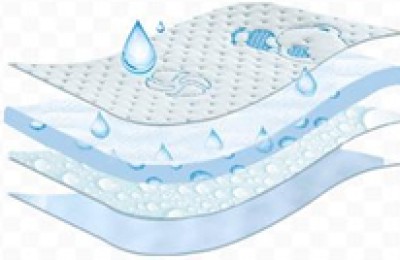Recently, the editor met a very interesting textile boss.
While others are worried about the lack of orders, he is worried about not being able to make orders in time; others are busy stocking up, but he is not worried about inventory problems at all…
What has actually happened? Let the editor take you to understand it together.
Orders cannot be filled and production capacity will not be expanded.
This boss makes imitation silk fabrics. He has about 180 looms and a daily output of more than 20,000 meters. He is a medium-sized weaving enterprise. According to him, at present, the company’s order maintenance situation is good, especially since February, the order-taking performance is a bit unexpected (an increase of 20% year-on-year), and it is still too busy even when the machine is fully powered on.
It can be seen from the above feedback that after the resumption of work and production, the company’s orders have increased significantly, and the existing production capacity can no longer meet the current order demand, and there has even been a backlog of orders.
When asked whether production capacity would be increased, the textile boss said that since large orders have not appeared yet and mainly medium-sized orders, increasing production capacity is not yet under consideration.
Preliminary research shows that although the recent increase in orders in the textile market has improved, the increase in orders from textile companies is still lower than expected, and there is a strong wait-and-see atmosphere. In terms of order acceptance, the performance of domestic sales orders, which are mainly for rigid needs, is average, while the performance of foreign trade orders, which have high hopes, is even more sluggish. The polarization among enterprises has become increasingly obvious. Some enterprises are not receiving orders, and they are faced with the situation of “old orders are completed, and new orders are temporarily closed.” Nothing” dilemma. It can be seen from the monitoring data of Silkdu.com that since the resumption of work, the textile market has turned cold after a while. The loom operation rate in Jiangsu and Zhejiang has finally rebounded to around 70% after experiencing various setbacks.
Having endless orders is the dream of all textile people. At present, this textile boss’s order volume is really enviable!
There is an endless flow of samples and the inventory does not pose a threat
After looking at the order performance, let’s talk about the company’s inventory problem.
Since the company operates many types of fabrics, the current inventory of gray fabrics is about 3 million meters. For medium-sized weaving enterprises, this inventory value is not low.
According to him, last year, due to the impact of the epidemic lockdown, the textile market missed three critical months and could only rely on selling inventory to survive. But this year, the situation is very different. There is an endless stream of customers coming to sample, with an average of about 40 per day. In order to better serve customers, we will prepare goods in advance for high-intention orders to shorten order delivery time as much as possible.
According to common sense, there are many risks in preparing goods in advance. If there are “run orders” and other situations, the stocking will be converted into inventory. Especially in recent years, the textile industry as a whole has been in a stage of blind expansion, the problem of overcapacity has become increasingly prominent, and most products are facing oversupply.
In this regard, he smiled and said that whether to stock up requires careful screening and calculation. In addition, the product itself is highly irreplaceable. As long as orders are uninterrupted, a virtuous cycle can be formed between inventory and stocking.
It can be seen that the quality of the products is the confidence that the company has no fear of inventory. Although they are both fabrics, highly differentiated products not only have strong market competitiveness, but can also bring stronger customer stickiness to the company. Those conventional products with serious homogeneity are more likely to fall into a “price war”. Low-price competition will not only cause the loss of orders, but also lead to a decrease in corporate profitability.
Nowadays, from fabrics to finishing to clothing, every aspect is seeking innovation and change. In order to open up the industrial chain, this textile boss gradually completed the gorgeous transformation from fabrics to finished garments. How to revitalize the “old textile industry” with new vitality, his methods may bring some inspiration to the majority of textile people.
</p







